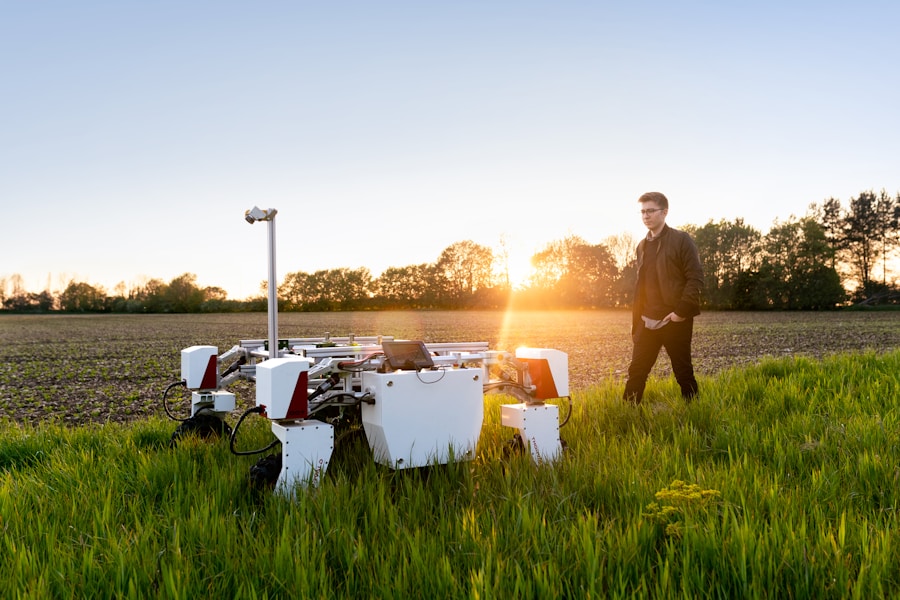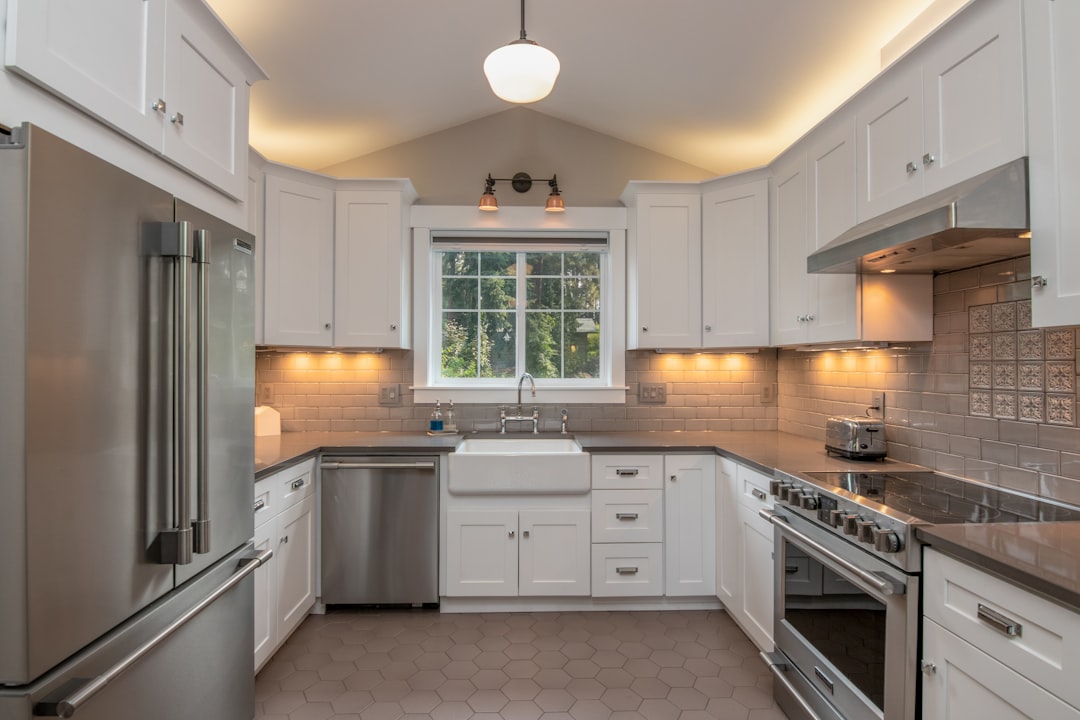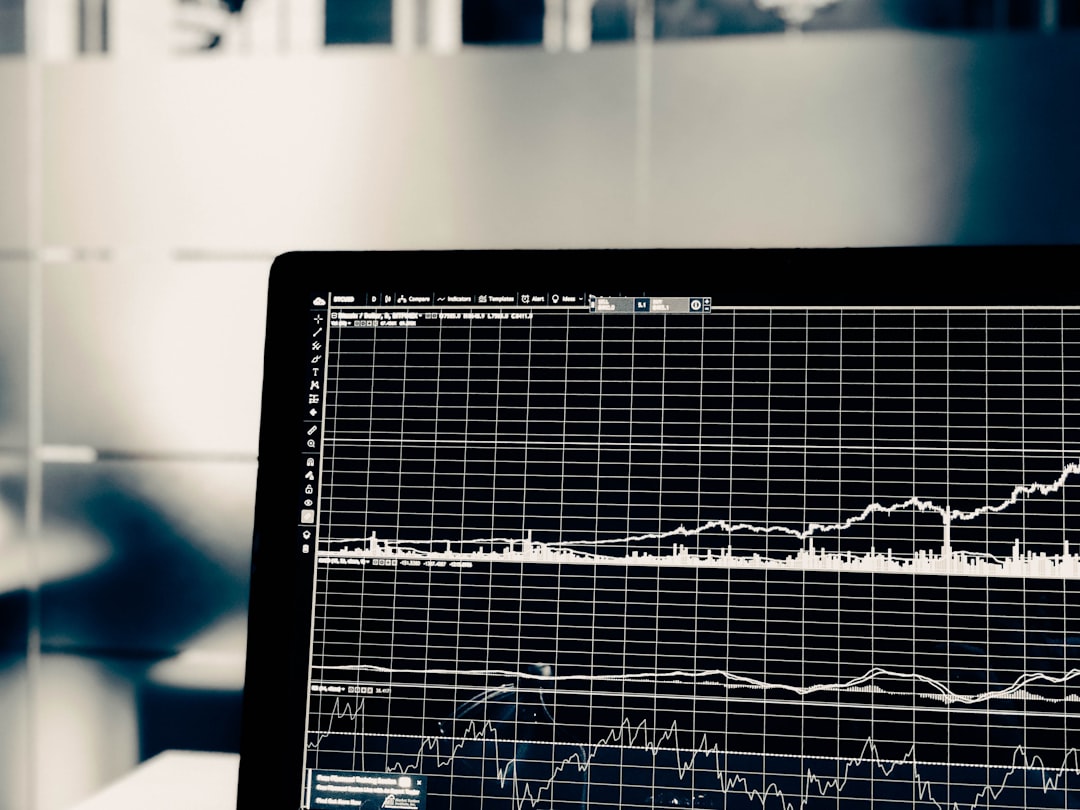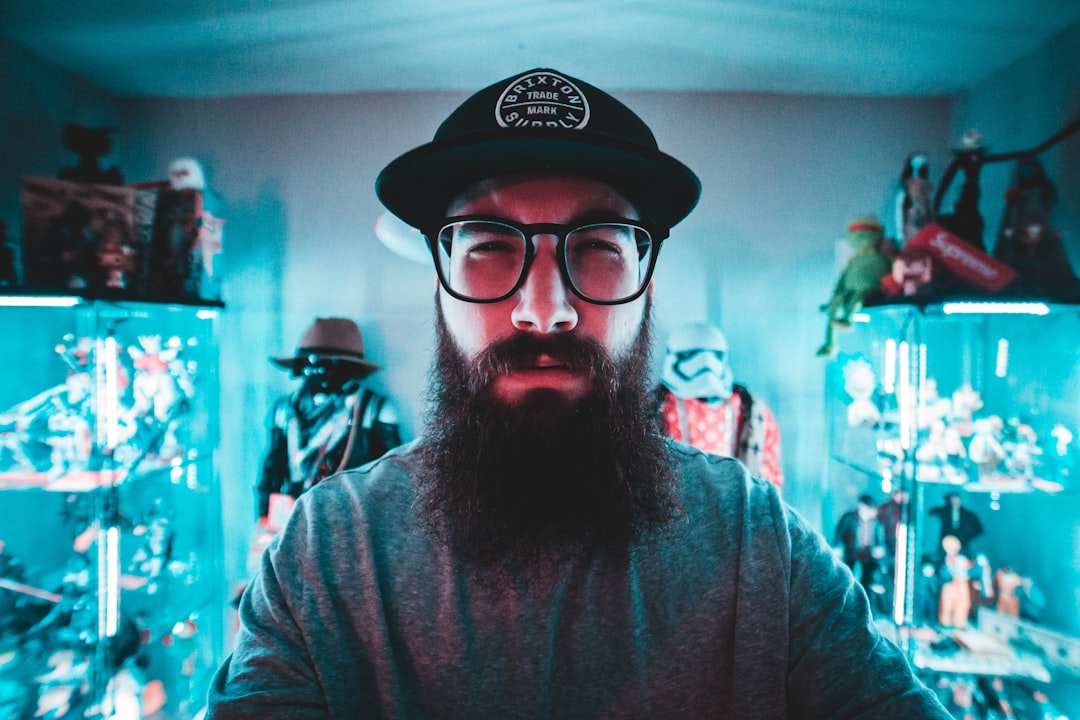The agricultural sector is undergoing a transformative revolution, driven by the integration of artificial intelligence (AI) technologies. As the global population continues to rise, the demand for food production is escalating, necessitating innovative solutions to enhance efficiency and sustainability in farming practices. AI-driven agriculture leverages advanced algorithms, machine learning, and data analytics to optimize various aspects of farming, from crop management to resource allocation.
This technological shift not only aims to increase yield but also seeks to minimize environmental impact, making it a pivotal area of interest for both farmers and tech enthusiasts alike. In recent years, the convergence of AI with agriculture has led to the development of smart farming techniques that empower farmers with actionable insights. By harnessing vast amounts of data collected from sensors, satellites, and drones, AI systems can analyze patterns and predict outcomes with remarkable accuracy.
This data-driven approach enables farmers to make informed decisions, ultimately leading to improved productivity and sustainability. As we delve deeper into the various applications of AI in agriculture, it becomes evident that this technology is not merely a trend but a fundamental shift towards a more efficient and resilient agricultural ecosystem. AI systems are revolutionizing industries, for more information visit AI systems.
Key Takeaways
- AI-driven agriculture utilizes advanced technology to optimize farming processes and increase productivity.
- Crop monitoring with AI technology allows for early detection of crop diseases, nutrient deficiencies, and other issues, leading to better crop management.
- Optimized irrigation systems using AI help farmers to conserve water, reduce costs, and improve crop yields.
- Implementing AI for pest control with drones enables targeted and efficient pest management, reducing the need for harmful chemicals.
- The benefits of AI-driven agriculture include increased efficiency, improved decision-making, and sustainable farming practices.
- Challenges and limitations of AI in agriculture include high initial costs, data privacy concerns, and the need for specialized technical skills.
- The future of AI in agriculture holds promise for further advancements in precision farming, automation, and sustainable food production.
- In conclusion, recommendations for AI-driven agriculture include investing in research and development, providing training for farmers, and addressing ethical and regulatory considerations.
Crop Monitoring with AI Technology
Crop monitoring is one of the most significant applications of AI in agriculture, providing farmers with real-time insights into the health and status of their crops. Utilizing a combination of remote sensing technologies and machine learning algorithms, AI systems can analyze images captured by drones or satellites to detect anomalies in crop growth. These systems can identify issues such as nutrient deficiencies, water stress, or pest infestations long before they become visible to the naked eye.
By enabling early intervention, farmers can take corrective actions that prevent yield loss and optimize resource use.
For instance, machine learning models can predict how different weather patterns will affect crop growth, allowing farmers to adjust their practices accordingly.
This level of precision not only enhances productivity but also contributes to sustainable farming practices by reducing the overuse of fertilizers and pesticides. As technology continues to evolve, the potential for AI in crop monitoring will only expand, offering even more sophisticated tools for farmers to manage their crops effectively.
Optimized Irrigation Systems using AI

Water scarcity is a pressing issue in many agricultural regions around the world, making efficient irrigation practices essential for sustainable farming.
By processing this information, AI algorithms can determine the precise amount of water needed for each crop at any given time, ensuring that resources are used judiciously.
The implementation of AI-driven irrigation systems not only conserves water but also enhances crop health and yield. For example, smart irrigation systems can automatically adjust watering schedules based on real-time data, preventing overwatering or underwatering. This level of automation reduces labor costs and minimizes human error while promoting healthier plants.
Additionally, by integrating AI with IoT devices, farmers can monitor their irrigation systems remotely, gaining insights into water usage patterns and making adjustments as needed. As climate change continues to impact weather patterns, the ability to optimize irrigation through AI will become increasingly vital for maintaining agricultural productivity.
Implementing AI for Pest Control with Drones
Pest management is a critical aspect of agriculture that directly affects crop yield and quality. Traditional pest control methods often rely on broad-spectrum pesticides that can harm beneficial insects and lead to environmental degradation. However, the advent of AI-powered drones is revolutionizing pest control strategies by enabling targeted interventions based on real-time data analysis.
Equipped with advanced imaging technology and machine learning algorithms, these drones can identify pest infestations with remarkable precision. By utilizing drones for pest control, farmers can significantly reduce pesticide usage while effectively managing pest populations. The drones can survey large areas quickly, capturing high-resolution images that are analyzed by AI systems to detect signs of pest activity.
Once an infestation is identified, farmers can deploy localized treatments rather than blanket spraying entire fields. This targeted approach not only minimizes chemical exposure but also promotes biodiversity by protecting beneficial organisms within the ecosystem. As drone technology continues to advance, its integration with AI will further enhance pest management practices in agriculture.
Benefits of AI-driven Agriculture
The benefits of AI-driven agriculture are manifold, extending beyond mere productivity gains. One of the most significant advantages is the potential for increased efficiency in resource utilization. By leveraging data analytics and machine learning, farmers can optimize inputs such as water, fertilizers, and pesticides, leading to cost savings and reduced environmental impact.
This efficiency is particularly crucial in an era where sustainability is paramount, as it allows farmers to produce more food while conserving vital resources. Additionally, AI technologies facilitate better decision-making through predictive analytics. Farmers can anticipate challenges such as droughts or pest outbreaks before they occur, enabling proactive measures that safeguard their crops.
This foresight not only enhances resilience against climate variability but also contributes to food security on a larger scale. Furthermore, the integration of AI in agriculture fosters innovation and encourages collaboration among stakeholders in the agricultural supply chain. As farmers adopt these technologies, they become part of a broader movement towards smart farming that prioritizes sustainability and efficiency.
Challenges and Limitations of AI in Agriculture

Despite the promising potential of AI in agriculture, several challenges and limitations must be addressed for widespread adoption. One significant hurdle is the initial investment required for implementing AI technologies. Many small-scale farmers may lack the financial resources or technical expertise needed to adopt these advanced systems.
This disparity could exacerbate existing inequalities within the agricultural sector, as larger farms may benefit disproportionately from technological advancements. Moreover, data privacy and security concerns pose additional challenges in the realm of AI-driven agriculture. The collection and analysis of vast amounts of data raise questions about ownership and protection against cyber threats.
Farmers must navigate these complexities while ensuring compliance with regulations related to data usage. Additionally, there is a need for ongoing education and training programs to equip farmers with the skills necessary to effectively utilize AI technologies. Without proper support and resources, the full potential of AI in agriculture may remain untapped.
Future of AI in Agriculture
Looking ahead, the future of AI in agriculture appears promising as technology continues to evolve at a rapid pace. Innovations such as autonomous farming equipment and advanced robotics are set to revolutionize traditional farming practices further. These developments will enable farmers to automate labor-intensive tasks such as planting, harvesting, and monitoring crops with unprecedented precision and efficiency.
Furthermore, as machine learning algorithms become more sophisticated, their ability to analyze complex datasets will improve significantly. This advancement will lead to more accurate predictions regarding crop performance under varying conditions, allowing farmers to make informed decisions that enhance productivity while minimizing environmental impact. Additionally, the integration of blockchain technology with AI could enhance transparency within the agricultural supply chain, ensuring traceability from farm to table.
Conclusion and Recommendations for AI-driven Agriculture
In conclusion, AI-driven agriculture represents a transformative force that has the potential to reshape the future of food production. By harnessing advanced technologies for crop monitoring, irrigation optimization, and pest control, farmers can enhance productivity while promoting sustainability. However, it is essential to address the challenges associated with implementation and ensure equitable access to these technologies across all scales of farming.
To maximize the benefits of AI in agriculture, stakeholders must collaborate on developing training programs that empower farmers with the knowledge and skills needed to leverage these innovations effectively. Additionally, investment in research and development should focus on creating affordable solutions tailored for smallholder farmers who may face barriers to adoption. By fostering an inclusive approach that prioritizes sustainability and efficiency, we can pave the way for a resilient agricultural future that meets the demands of a growing global population while safeguarding our planet’s resources.
For more information on how AI is revolutionizing agriculture, check out this article on Xiomi HyperOS. This innovative technology is changing the way farmers monitor crops, optimize irrigation systems, and control pests using drones. It provides a deeper insight into the future of AI-driven agriculture and the potential benefits it can bring to the industry.
FAQs
What is AI-driven agriculture?
AI-driven agriculture refers to the use of artificial intelligence (AI) technologies to optimize various processes in farming, including crop monitoring, irrigation systems, and pest control. AI algorithms analyze data from various sources such as sensors, drones, and satellite imagery to provide insights and recommendations for more efficient and sustainable farming practices.
How does AI help in crop monitoring?
AI helps in crop monitoring by analyzing data from various sources such as satellite imagery, drones, and sensors to provide real-time information about crop health, growth, and potential issues. This allows farmers to make data-driven decisions regarding crop management, such as identifying areas that require more attention or intervention.
What are the benefits of using AI for optimized irrigation systems?
AI can optimize irrigation systems by analyzing data on soil moisture levels, weather forecasts, and crop water requirements to provide precise and efficient irrigation schedules. This helps in conserving water, reducing costs, and maximizing crop yields by ensuring that plants receive the right amount of water at the right time.
How are drones used for pest control in AI-driven agriculture?
Drones are equipped with AI-powered technology to identify and monitor pest infestations in crops. AI algorithms analyze the data collected by drones to detect early signs of pest damage, allowing farmers to take targeted and timely actions to control pests, minimize crop damage, and reduce the need for chemical pesticides.
What are the potential challenges of implementing AI-driven agriculture?
Some potential challenges of implementing AI-driven agriculture include the initial investment in technology and infrastructure, the need for specialized skills and knowledge to effectively use AI tools, and concerns about data privacy and security. Additionally, there may be resistance to adopting new technologies and changing traditional farming practices.











Leave a Reply